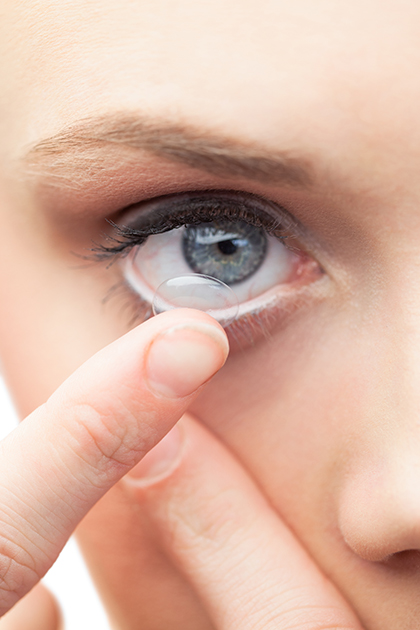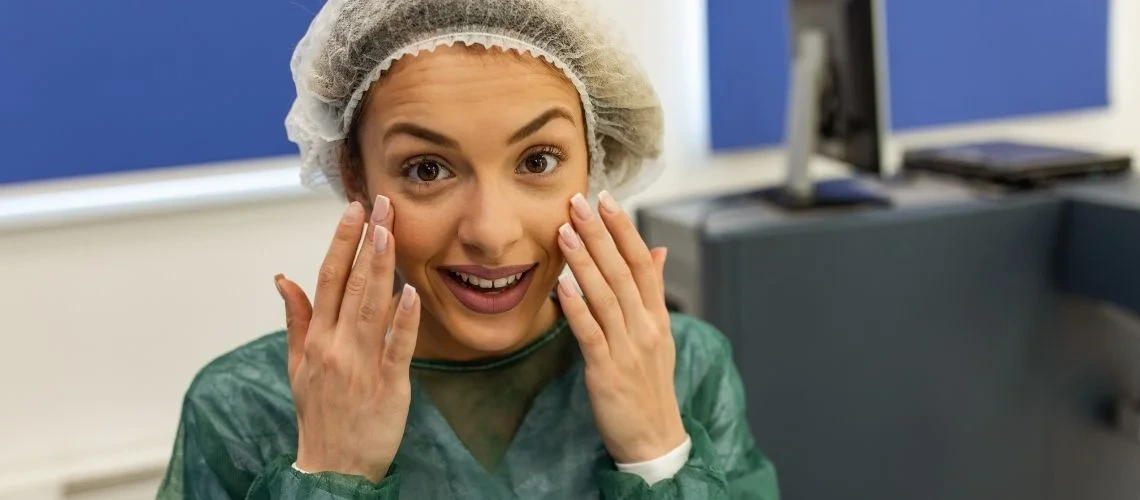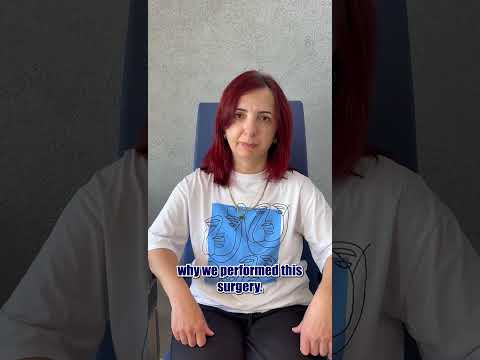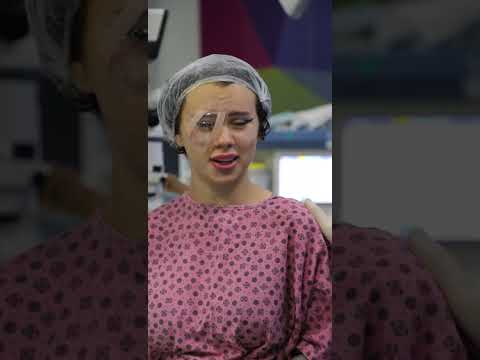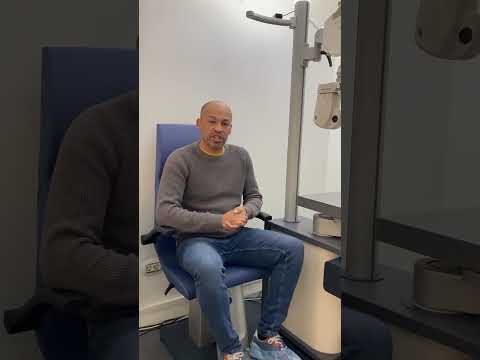Keratoconus is a condition in which the corneal tissue, known as the transparent layer of the eye, becomes cone-shaped by protruding forward and thinning. This distortion in the cornea leads to myopia and irregular astigmatism, causing a decrease in vision and deterioration in visual quality. Although it can affect both eyes, usually one eye is more severely impacted than the other.
Who Is Affected by Keratoconus?
While the exact cause of keratoconus is not known, genetic predisposition and mechanical trauma such as frequent eye rubbing are considered significant factors. The condition typically begins to appear around the ages of 12–13 and can continue to progress into the 40s. In clinical settings, keratoconus is often seen in individuals who frequently change their eyeglasses and have a tendency toward allergic conjunctivitis. It is more common in people who live in dry, windy, and dusty environments.
What Are the Symptoms of Keratoconus?
One of the earliest symptoms of keratoconus is frequent changes in eyeglass prescriptions. Even with new prescriptions, patients are often unable to achieve sharp, clear vision. Due to the irregular shape of the cornea, caused by its forward bulging, myopia and irregular astigmatism develop, which cannot be fully corrected with glasses alone.
How Is Keratoconus Diagnosed?
After a detailed visual examination, keratoconus can be easily diagnosed using a corneal topography test, which maps the shape of the cornea.
How Is Keratoconus Treated?
There is currently no complete cure for keratoconus. All treatment methods aim to halt disease progression and improve visual function.
If we look at the treatment options step by step:
-
In very early stages, visual sharpness can be improved with eyeglasses, and disease progression is monitored with corneal topography tests every 6 months.
-
In more advanced stages, glasses may no longer provide sufficient vision correction. At this point, special contact lenses (hybrid, scleral, or rigid gas permeable) may be used to improve vision.
-
If the disease is determined to be progressive, corneal cross-linking (CXL) is applied to stabilize the cornea and halt further deformation.
-
If neither glasses nor contact lenses are sufficient for visual improvement, intracorneal ring segments (ICR) may be inserted to reshape and flatten the cornea.
-
In very advanced cases, corneal transplantation (PKP or DALK) may be required.
In Summary:
-
Early stage: Glasses or contact lenses
-
Moderate stage: Intracorneal ring (Corneal Ring)
-
To halt progression: Cross-linking treatment
-
Advanced stage: Corneal transplant




